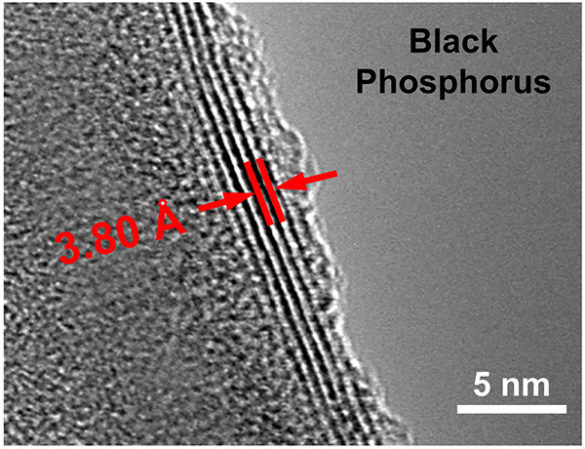Scientists have created an ultrathin energy harvesting device that generates electricity from human motion. The material could be placed in the fabric of clothing to charge your smartphone, fitness tracker and other personal electronics while you go about your daily life.
"In the future, I expect that we will all become charging depots for our personal devices by pulling energy directly from our motions and the environment," said researcher Cary Pint from Vanderbilt University in the US.
A lot of research has been conducted into the harvesting of so called ambient energy sources, such as energy from vibrations and deformations, temperature variations, or energy from light, radio waves and biochemical reactions. Recently, we have even witnessed the invention of a smart phone that used ambient radio waves to power itself.
But one valuable energy source has gone untapped – excess energy from human motion.
Lots of devices have been proposed to capture the energy from low frequency human motion but often the materials work best when the movements happen over 100 times per second – missing out on the energy from the majority of human movements.
This new device is 1/5000th the thickness of a human hair and able to extract even the subtlest of human movements.
"Compared to the other approaches designed to harvest energy from human motion, our method has two fundamental advantages," said Pint.
"The materials are atomically thin and small enough to be impregnated into textiles without affecting the fabric's look or feel and it can extract energy from movements that are slower than 10 Hertz – 10 cycles per second – over the whole low-frequency window of movements corresponding to human motion."
In this new study, the scientists use a film of black phosphorus, a material that has nanotechnologists excited by its electrical, optical and electrochemical properties. Until now, graphene has been the most exciting material in this space, and it seems the two could actually work well together.
The team created their energy harvester by sandwiching an electrolyte between two identical black phosphorus electrodes. The electrodes are made by using a chemical process that involves laying thin layers of black phosphorus onto graphene.
Working together, the 2D wonder materials bend and flex to create energy.

The team found that their prototype designs can produce energy from movements lower than 10 Hertz (10 movements per second) and even as low as 0.01 hertz, or, one movement every 100 seconds – it would be harder to avoid moving that often than not.
Lining your favourite jacket with these devices is all well and good, but we wouldn't want to go up in flames like the recent batch of batteries for some smartphones. So, are these devices safe?
Pint is confident that we won't seeing any tech-triggered immolation from his device.
"One of the peer reviewers for our paper raised the question of safety," said Pint. "That isn't a problem here. Batteries usually catch on fire when the positive and negative electrodes are shorted, which ignites the electrolyte."
"Because our harvester has two identical electrodes, shorting it will do nothing more than inhibit the device from harvesting energy. It is true that our prototype will catch on fire if you put it under a blowtorch but we can eliminate even this concern by using a solid-state electrolyte."
At the moment, the devices are limited by the voltage produced from movements – it's only in the millivolt range. However, this is next on the agenda for the research team and Pint believes there are potential applications for their device beyond power systems.
"When incorporated into clothing, our device can translate human motion into an electrical signal with high sensitivity that could provide a historical record of our movements. Or clothes that track our motions in three dimensions could be integrated with virtual reality technology. There are many directions that this could go."
Ultimately, devices like this could free us from the slavery of running from outlet to outlet to charge our personal electronics.
Check out a video of this device in action:

The results were reported in ACS Energy Letters.
